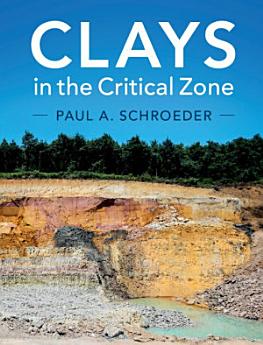Clays in the Critical Zone
Paul A. Schroeder
Aug 2018 · Cambridge University Press
Ebook
255
Pages
reportRatings and reviews aren’t verified Learn More
About this ebook
Clays and clay minerals are the most abundant natural reactive solids on the Earth's surface. This comprehensive review considers clay science in the context of the Critical Zone - the Earth's permeable near-surface layer. Providing information on clays and clay minerals related to geological, biological and material sciences in the Critical Zone, it's well suited for graduate students and researchers interested in clay science, and environmental and soil mineralogy. The book starts with an introduction to clays and clay minerals, their historic background, and a review of how clay science impacts the Critical Zone. Examples and applications demonstrate how clays regulate habitats and determine the availability of other resources. These examples are supported by quantitative field data, including numerical and graphical depictions of clay and clay mineral occurrences. The book concludes by covering Critical Zone clay geochemistry and clay sequences, including the industrial, synthetic medical and extra-terrestrial world of clay science.
About the author
Paul A. Schroeder is a Professor in the Department of Geology at the University of Georgia. Previously he has held the positions of President of the Clay Minerals Society and co-director of the Georgia Electron Microscopy Lab. His research focuses on the study of clays and clay minerals using NMR spectroscopy, Fourier transform IR and Raman spectroscopy, radiogenic, cosmogenic and stable isotopes, chemical and thermal analyses, and X-ray and electron diffraction.
Rate this ebook
Tell us what you think.
Reading information
Smartphones and tablets
Install the Google Play Books app for Android and iPad/iPhone. It syncs automatically with your account and allows you to read online or offline wherever you are.
Laptops and computers
You can listen to audiobooks purchased on Google Play using your computer's web browser.
eReaders and other devices
To read on e-ink devices like Kobo eReaders, you'll need to download a file and transfer it to your device. Follow the detailed Help Center instructions to transfer the files to supported eReaders.






